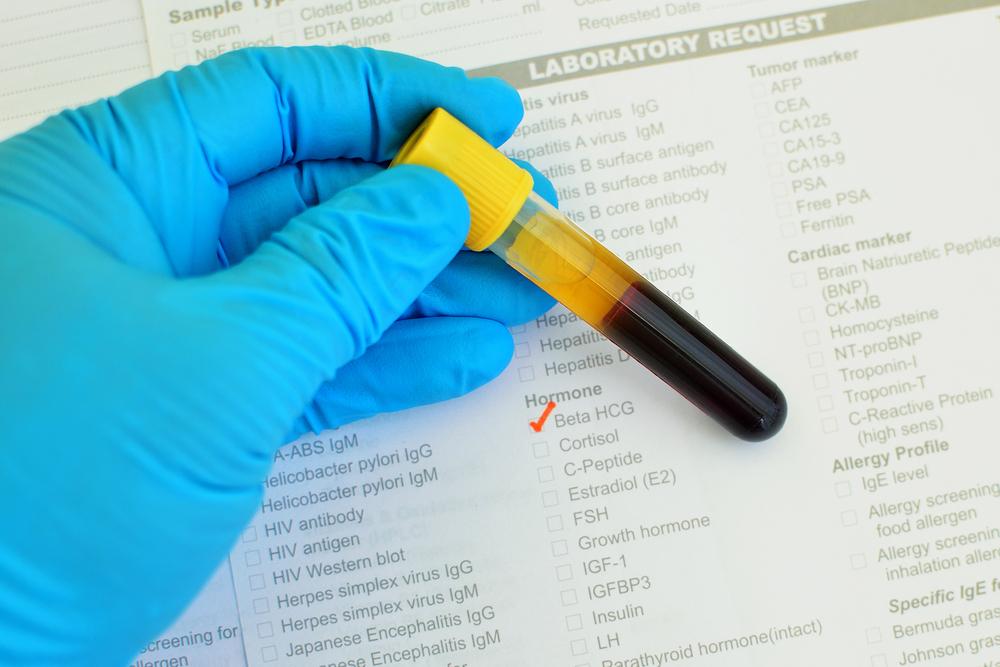Understanding the Differences Between Cancer Immunotherapy and Chemotherapy
This article explores the key differences between cancer immunotherapy and chemotherapy, highlighting recent research findings, treatment benefits, and potential side effects. It emphasizes immunotherapy’s growing role in advanced cancer care and its promising future in improving patient survival rates. Designed to inform patients and caregivers, the content provides a clear overview of modern cancer treatments and their evolving landscape.

Understanding the Differences Between Cancer Immunotherapy and Chemotherapy
Cancer treatment options have evolved significantly, with immunotherapy emerging as a promising alternative to traditional chemotherapy. Recent clinical studies indicate that patients with squamous non-small cell lung cancer receiving nivolumab, an immunotherapy drug, lived an average of 3.2 months longer than those on chemotherapy. This type of lung cancer accounts for about 25-30% of all lung cancers. The results, published by the New England Journal of Medicine and shared at ASCO 2015, highlight immunotherapy's potential to improve survival rates.
One-year survival in the immunotherapy group reached approximately 42%, nearly double the 24% seen with chemotherapy. While chemotherapy often causes rapid tumor shrinkage and side effects like hair loss and nausea, immunotherapy tends to trigger immune responses with milder side effects such as skin rashes or diarrhea. Sometimes, tumors may initially appear to grow before responding positively. Immunotherapy is increasingly used for advanced cancer stages, offering hope for many patients.
Both treatments involve side effects, but immunotherapy can be less toxic if managed properly. Its success depends on understanding how cancer cells interact with the immune system. Treatments aim to diminish cancer while allowing the body’s natural defenses to recover. The choice of therapy—immunotherapy, chemotherapy, or a combination—depends on individual health and cancer severity. Advances in science continue to propel immunotherapy as a promising avenue in cancer care, bringing hope for more effective cures.










